

Articles
How To Remove Vermiculite Attic Insulation
Modified: October 28, 2024
Looking for articles on how to remove vermiculite attic insulation? Check out our comprehensive guide and learn the best methods to safely remove this hazardous material.
(Many of the links in this article redirect to a specific reviewed product. Your purchase of these products through affiliate links helps to generate commission for Storables.com, at no extra cost. Learn more)
Introduction
Vermiculite attic insulation is commonly found in older homes as it was widely used as an insulation material from the 1920s to the 1990s. While it can provide effective insulation, it is important to be aware of the potential health risks associated with vermiculite attic insulation that contains asbestos.
Asbestos is a naturally occurring mineral that was commonly used in many building materials until the 1980s when its harmful effects on human health were discovered. Vermiculite insulation, particularly the one sourced from a mine in Libby, Montana, was found to be contaminated with asbestos fibers.
In this article, we will explore the safety concerns associated with vermiculite attic insulation, precautions to take before removing it, a step-by-step guide to removing the insulation, proper disposal methods, and alternative insulation options.
Key Takeaways:
- Prioritize safety when dealing with vermiculite attic insulation. Assume asbestos contamination, wear protective gear, and consult professionals for removal to minimize health risks.
- Consider alternative insulation options like fiberglass, cellulose, or spray foam to replace vermiculite attic insulation. Consult with experts for safe and effective installation.
Read more: How To Remove Vermiculite From Attic
What is Vermiculite Attic Insulation?
Vermiculite attic insulation is a type of insulation material that was widely used in homes and buildings for its insulating properties. It is a mineral-based product that is derived from a natural mineral called vermiculite. Vermiculite is formed by the weathering of certain minerals, typically biotite or phlogopite, and it expands when heated. This expansion creates pockets of air that make it an effective insulator.
Vermiculite attic insulation is lightweight, fire-resistant, and has good insulating properties, making it an attractive choice for homeowners. It was commonly used as loose-fill insulation, meaning it was poured or blown into the attic space to provide thermal protection and improve energy efficiency.
One of the reasons vermiculite attic insulation gained popularity was its affordability and ease of installation. However, it is important to note that not all vermiculite insulation is the same. Some vermiculite insulation, particularly the one sourced from a mine in Libby, Montana, was found to contain asbestos.
Asbestos is a naturally occurring mineral that was commonly used in various building materials for its heat resistance and durability. However, it was later discovered that asbestos fibers can cause serious health issues, including lung diseases such as mesothelioma and asbestosis.
Therefore, if your home was built before the early 1990s and you suspect that it may have vermiculite attic insulation, it is important to exercise caution and have it tested for asbestos contamination.
Safety Concerns with Vermiculite Attic Insulation
The main safety concern with vermiculite attic insulation lies in the potential presence of asbestos fibers. Asbestos is a known carcinogen and inhalation of asbestos fibers can lead to serious health problems, including lung cancer, mesothelioma, and asbestosis.
Until the late 1980s, the Libby mine in Montana was the largest source of vermiculite in the world. Unfortunately, the vermiculite extracted from this mine was found to be contaminated with asbestos fibers. This contaminated vermiculite, sold under the brand name Zonolite, was used to insulate millions of homes in the United States.
The issue with vermiculite attic insulation is that asbestos fibers can easily become airborne when disturbed, such as during renovations or repairs. This poses a significant health risk, as inhaling these fibers can lead to long-term health consequences.
It is important to note that not all vermiculite attic insulation contains asbestos. However, due to the widespread use of contaminated vermiculite insulation, it is recommended to treat all vermiculite insulation as potentially hazardous and take appropriate precautions.
If you suspect that your attic insulation contains vermiculite, it is crucial to have it tested by a professional asbestos abatement contractor. They will collect samples and send them to a certified laboratory for analysis. The results will determine the presence of asbestos in the vermiculite insulation.
If asbestos is detected, it is best to leave the vermiculite insulation undisturbed and consult with a professional asbestos removal company to safely remove and dispose of the contaminated insulation.
It is essential to prioritize the safety of yourself and your family when dealing with vermiculite attic insulation. Taking the necessary precautions and following proper procedures for removal will help minimize the risk of asbestos exposure and ensure a safe living environment.
Precautions Before Removing Vermiculite Attic Insulation
Before attempting to remove vermiculite attic insulation, it is crucial to take several precautions to minimize the risk of asbestos exposure. Keep in mind that asbestos fibers can be hazardous when inhaled, so it is important to handle the insulation with care and follow safety guidelines.
Here are some precautions to take before removing vermiculite attic insulation:
- Assume it contains asbestos: As mentioned earlier, it is safest to assume that all vermiculite insulation contains asbestos until proven otherwise. Treat it with caution and take appropriate safety measures.
- Wear protective clothing: Before entering the attic or handling the insulation, put on personal protective equipment (PPE) to minimize exposure. This includes disposable coveralls, gloves, goggles, and a respirator fitted with a high-efficiency particulate air (HEPA) filter.
- Isolate the work area: Seal off the attic space from the rest of the home using plastic sheeting or heavy-duty plastic barriers. This will prevent asbestos fibers from spreading to other areas during the removal process.
- Turn off HVAC systems: Shut down any heating, ventilation, and air conditioning (HVAC) systems to prevent the circulation of asbestos fibers throughout the home. Cover air vents and registers with plastic sheeting to block any potential air movement.
- Minimize dust: Vermiculite insulation can release dust and asbestos fibers when disturbed. To minimize dust, wet the insulation using a fine water mist or a low-pressure sprayer before removal. This will help prevent the fibers from becoming airborne.
- Avoid direct contact: Do not touch or handle the vermiculite insulation with your bare hands. Use tools or equipment to handle the insulation and minimize direct contact as much as possible.
- Work in well-ventilated areas: Open windows and use fans or exhaust systems to maintain good airflow and ventilation in the attic space. This will help disperse any potential asbestos fibers and keep the air as clean as possible.
- Properly dispose of waste: As you remove the insulation, place it directly into labeled, sealed plastic bags or containers. Do not allow the insulation to accumulate or spread throughout the house. Contact a licensed waste disposal facility that handles asbestos-containing materials for proper disposal.
- Consult professionals: Removing vermiculite attic insulation can be a complex and hazardous process. It is highly recommended to consult with a professional asbestos removal company experienced in handling asbestos-containing materials. They have the necessary training, equipment, and knowledge to safely remove and dispose of the insulation.
By following these precautions, you can minimize the risk of asbestos exposure and ensure the safe removal of vermiculite attic insulation. Remember, the safety of yourself and your family should always come first.
When removing vermiculite attic insulation, it’s important to hire a professional who can safely handle and dispose of the material, as it may contain asbestos. Avoid disturbing the insulation and always wear protective gear.
Step-by-Step Guide to Removing Vermiculite Attic Insulation
Removing vermiculite attic insulation requires careful planning, preparation, and adherence to safety guidelines. Here is a step-by-step guide to help you through the process:
- Assess the situation: Before starting the removal process, have the vermiculite insulation tested for asbestos by a professional asbestos abatement contractor. If asbestos is confirmed, proceed with caution and consider hiring a licensed asbestos removal company.
- Gather the necessary equipment: Put together the required tools and equipment for the removal process. This includes personal protective equipment (PPE) such as disposable coveralls, gloves, goggles, and a respirator fitted with a high-efficiency particulate air (HEPA) filter. Additionally, have plastic sheeting, sealing tape, a water mist sprayer, and labeled, sealed plastic bags or containers for waste disposal.
- Prepare the workspace: Seal off the attic area by covering vents, registers, and any openings with plastic sheeting and sealing tape. This will prevent the spread of asbestos fibers to other parts of the house.
- Wet the insulation: Mist the vermiculite insulation with water using a fine water mist sprayer. This helps to minimize the release of dust and asbestos fibers during the removal process. Do not oversaturate the insulation, as excessive moisture can cause damage to the structure or lead to mold growth.
- Remove the insulation: Using appropriate tools like a shovel or scoop, gently gather the wet vermiculite insulation and place it directly into labeled, sealed plastic bags or containers. Avoid excessive stirring or aggressive movement that may release dust. Handle the insulation with care to minimize the risk of asbestos exposure.
- Double-bag and seal: Once the bags or containers are filled, double-bag them to provide an extra layer of protection. Seal the bags tightly and securely using sealing tape to prevent any leakage or contamination.
- Dispose of the waste: Contact a licensed waste disposal facility that handles asbestos-containing materials for proper disposal. Follow their guidelines and procedures for the safe removal and transportation of the waste. Do not dispose of the vermiculite insulation with regular household waste.
- Clean the workspace: After removing the vermiculite insulation, thoroughly clean the workspace and surrounding areas using a HEPA filter-equipped vacuum cleaner. Wipe down surfaces with a damp cloth to remove any remaining dust or debris.
- Remove and dispose of PPE: Safely remove and dispose of your personal protective equipment (PPE) as per local regulations. Seal contaminated PPE in plastic bags and dispose of them with the asbestos waste.
- Post-removal inspection: Once the insulation is removed and the workspace is cleaned, conduct a post-removal inspection to ensure all traces of vermiculite insulation are properly disposed of and the area is safe for future use.
It is highly recommended to consult with a professional asbestos removal company to ensure the proper and safe removal of vermiculite attic insulation. They have the expertise and experience to handle the process effectively, minimizing the risk of asbestos exposure.
Remember, safety should always be the top priority when dealing with vermiculite attic insulation removal.
Read more: How To Remove Blown-in Insulation In Attic
Disposing of Vermiculite Attic Insulation
Proper disposal of vermiculite attic insulation is crucial to prevent the release of asbestos fibers and protect both the environment and public health. Due to the potential asbestos contamination, special precautions must be taken when disposing of this material.
Here are the recommended steps for disposing of vermiculite attic insulation:
- Consult local regulations: Understand the local regulations and guidelines regarding the disposal of asbestos-containing materials. Different regions may have specific requirements or restrictions on handling and transporting such materials.
- Label and package: Double-bag the vermiculite insulation in thick, sealed plastic bags. Ensure that the bags are labeled clearly as containing asbestos or vermiculite insulation. This alerts waste disposal personnel to handle the material appropriately.
- Secure and seal: Seal the bags securely using strong tape to prevent any leakage or release of asbestos fibers. Make sure the bags are tightly closed and cannot be easily opened during transportation.
- Contact licensed waste disposal facility: Locate a licensed waste disposal facility that is authorized to handle asbestos-containing materials. Contact them to inquire about their specific requirements and procedures for accepting vermiculite insulation.
- Transportation: When transporting the bags to the disposal facility, take all necessary precautions to prevent accidental exposure to asbestos fibers. Use a dedicated vehicle or container that is specifically designated for hazardous waste. Avoid routes with heavy traffic or areas where the bags could potentially be damaged.
- Deliver to the facility: Follow the instructions provided by the waste disposal facility for delivering the bags. Inform the personnel that the bags contain asbestos-containing vermiculite insulation and adhere to their protocols for unloading and handling the material.
- Keep documentation: Retain copies of any documentation provided by the waste disposal facility, such as a receipt or certificate of disposal. These records may be required for future reference or proof of proper disposal.
- Notify relevant parties: If you are disposing of vermiculite attic insulation in a multi-unit building or a rental property, inform the appropriate parties, such as the building owner, property manager, or tenants. This ensures that they are aware of the proper procedures followed for removal and disposal.
It is important to note that attempting to dispose of vermiculite attic insulation in regular household waste or through recycling programs is not advised. Asbestos is a hazardous material and requires specialized handling and disposal methods to prevent potential health and environmental risks.
By following these disposal guidelines and working with a licensed waste disposal facility, you can ensure the safe and responsible disposal of vermiculite attic insulation contaminated with asbestos.
Alternatives to Vermiculite Attic Insulation
If you are looking for alternatives to vermiculite attic insulation, there are several options available that can provide effective insulation without the risk of asbestos exposure. These alternatives offer different benefits and considerations depending on your specific needs and budget.
Here are some popular alternatives to vermiculite attic insulation:
- Fiberglass insulation: Fiberglass insulation is one of the most common alternatives to vermiculite. It is made of fine glass fibers and comes in batts, rolls, or loose-fill forms. Fiberglass insulation is known for its excellent thermal performance, sound absorption, and affordability. It is widely available and relatively easy to install.
- Cellulose insulation: Made from recycled paper or plant fibers, cellulose insulation is another eco-friendly alternative. It is treated with fire-resistant chemicals to ensure safety. Cellulose insulation is effective at reducing heat transfer and provides soundproofing benefits. It can be blown into attics or installed as loose-fill or dense-pack insulation.
- Spray foam insulation: Spray foam insulation offers superior insulation performance and air sealing properties. It is applied as a liquid that expands and hardens into a solid foam, creating an airtight barrier. Spray foam insulation provides excellent energy efficiency but may require professional installation due to its specialized application process.
- Rigid foam insulation: Rigid foam insulation panels are made of polystyrene, polyisocyanurate, or polyurethane. They offer high insulation values and are resistant to moisture, making them suitable for attics. Rigid foam insulation can be installed on attic walls, ceilings, or under the roof deck to minimize heat transfer.
- Natural fiber insulation: Natural fiber insulation, such as wool or cotton, is a sustainable alternative to traditional insulation materials. These fibers offer good R-value and moisture absorption properties. Natural fiber insulation is safe to handle and can be a good choice for those looking for environmentally friendly options.
- Aerogel insulation: Aerogel insulation is a highly efficient insulation material with a very low thermal conductivity. It is extremely lightweight and offers excellent insulation properties. Aerogel insulation is more expensive than other options and may require professional installation due to its specialized nature.
When choosing an alternative insulation material, consider factors such as thermal performance, cost, ease of installation, fire resistance, environmental impact, and specific requirements of your attic space. It is recommended to consult with a professional insulation contractor who can assess your needs and provide appropriate recommendations.
Remember to follow the manufacturer’s guidelines and local building codes when installing any type of insulation to ensure proper installation and optimum performance.
By exploring these alternatives, you can find a suitable replacement for vermiculite attic insulation that meets your insulation needs while prioritizing safety and efficiency.
Conclusion
Vermiculite attic insulation, especially when contaminated with asbestos fibers, poses significant health risks. It is crucial to prioritize the safety of yourself and your family when dealing with vermiculite insulation. Taking the necessary precautions and following proper procedures for removal and disposal is essential to minimize the risk of asbestos exposure.
In this article, we discussed the potential dangers of vermiculite attic insulation containing asbestos and outlined the steps to safely remove and dispose of it. We also explored alternative insulation options that provide effective thermal protection without the health hazards associated with asbestos.
Always assume that vermiculite insulation contains asbestos until proven otherwise and handle it with caution. Wear personal protective equipment (PPE), seal off the work area, and wet the insulation before removal to minimize the release of asbestos fibers.
When disposing of vermiculite insulation, ensure proper packaging and labeling, and contact a licensed waste disposal facility that handles asbestos-containing materials. Following the guidelines and regulations for disposal is crucial to prevent environmental contamination and protect public health.
Consider the alternatives to vermiculite attic insulation, such as fiberglass, cellulose, spray foam, rigid foam, natural fiber, or aerogel insulation. Each option offers its own set of benefits and considerations, so evaluate your specific needs and consult with professionals to determine the most suitable choice for your attic.
Asbestos exposure can lead to serious health complications, so it is important to approach the removal and disposal of vermiculite attic insulation with care and adhere to established safety guidelines. By taking the necessary precautions and exploring alternative insulation options, you can create a safe and comfortable living environment for you and your family.
Remember, if you suspect that your vermiculite attic insulation contains asbestos, it is best to consult with professionals experienced in asbestos abatement to ensure a safe and proper resolution.
Frequently Asked Questions about How To Remove Vermiculite Attic Insulation
Was this page helpful?
At Storables.com, we guarantee accurate and reliable information. Our content, validated by Expert Board Contributors, is crafted following stringent Editorial Policies. We're committed to providing you with well-researched, expert-backed insights for all your informational needs.

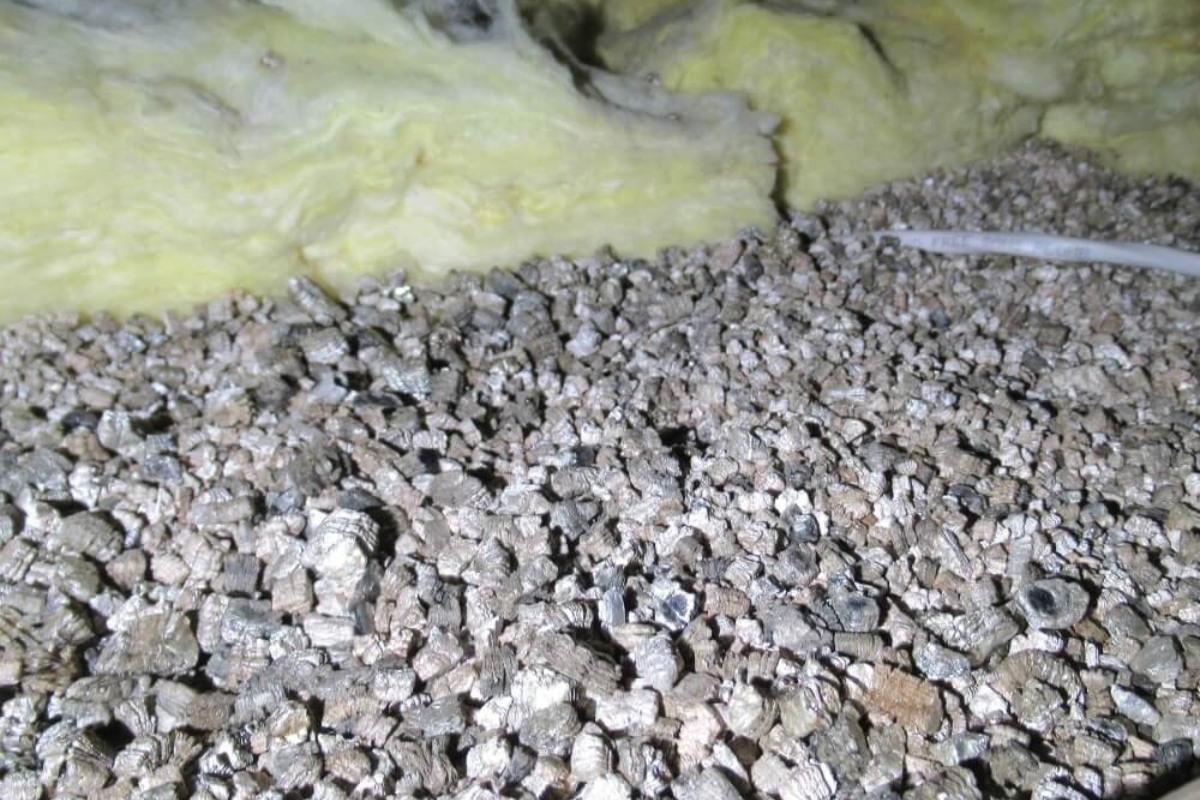
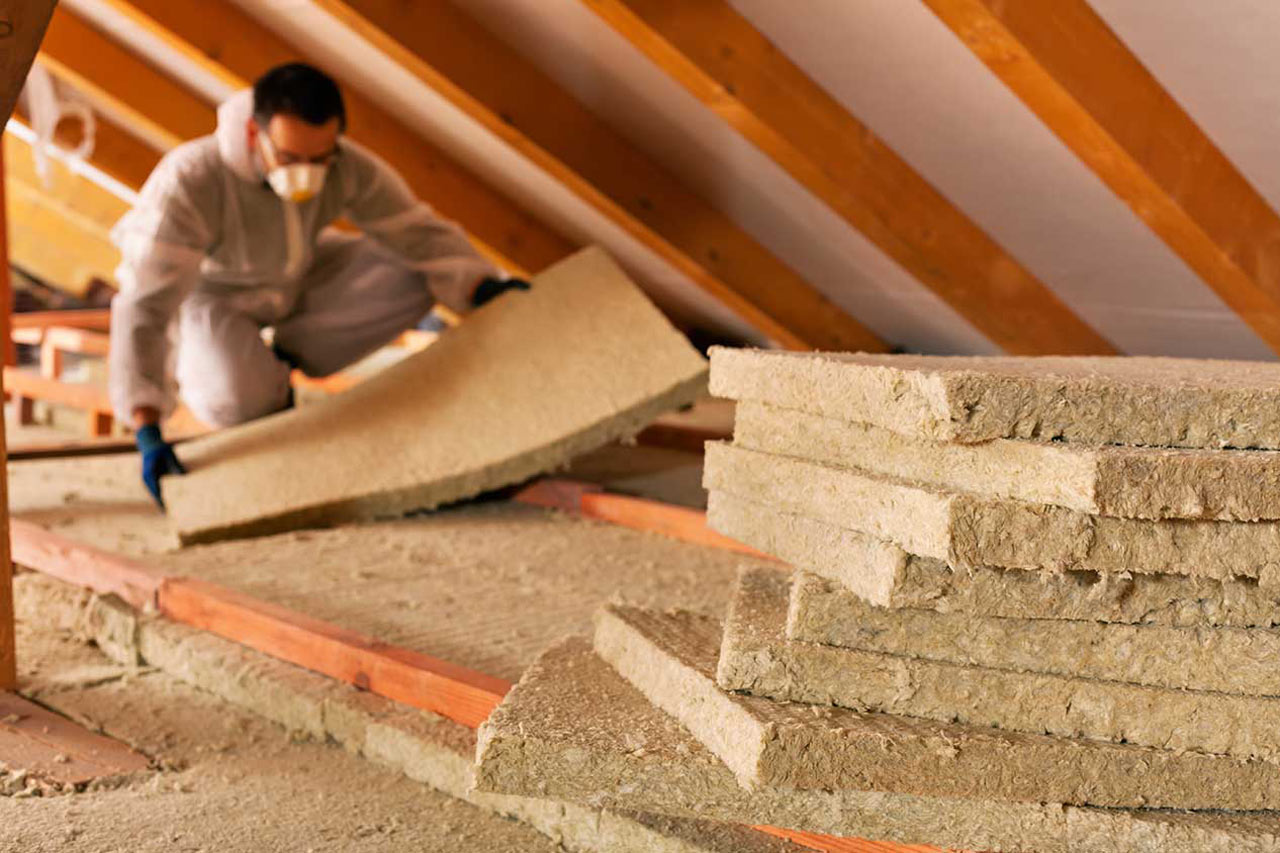
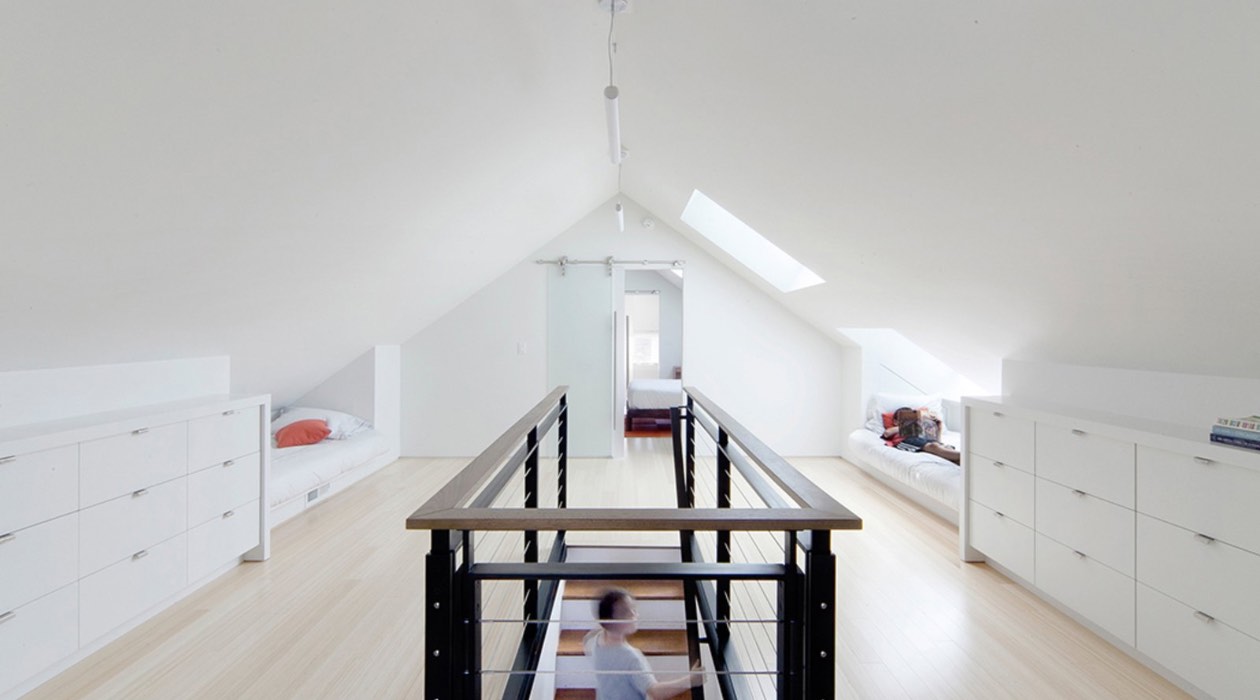
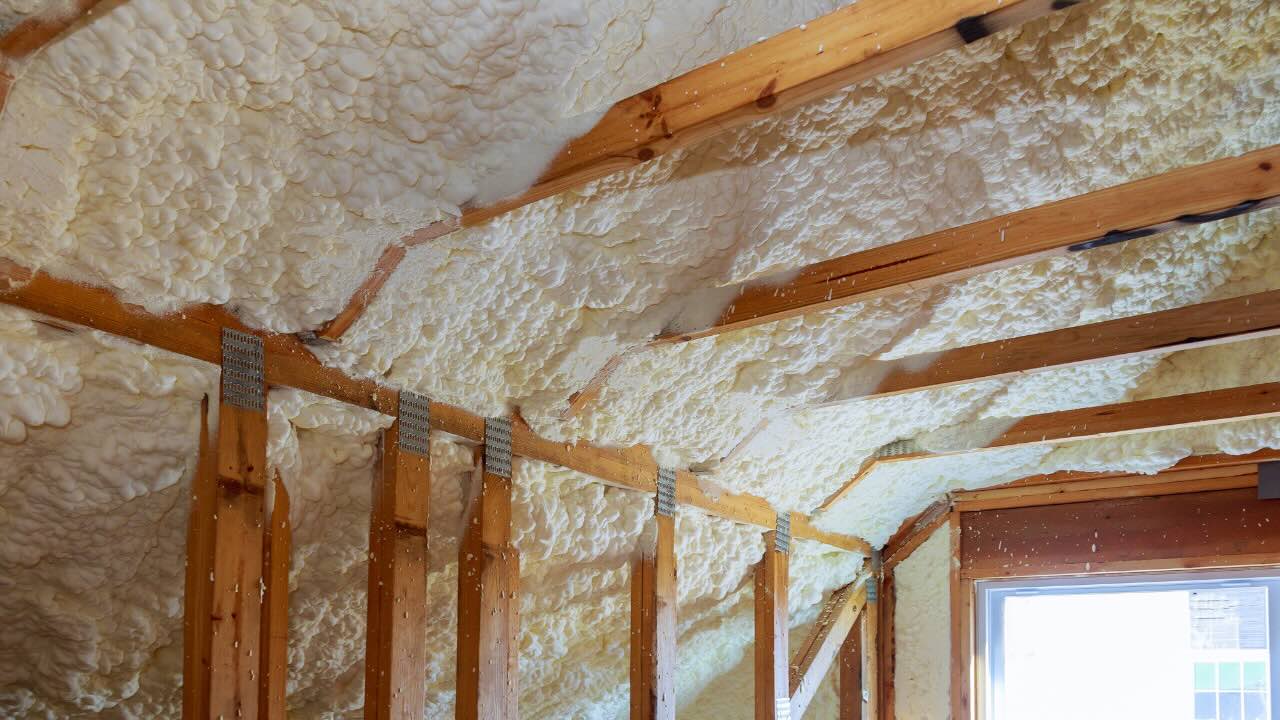
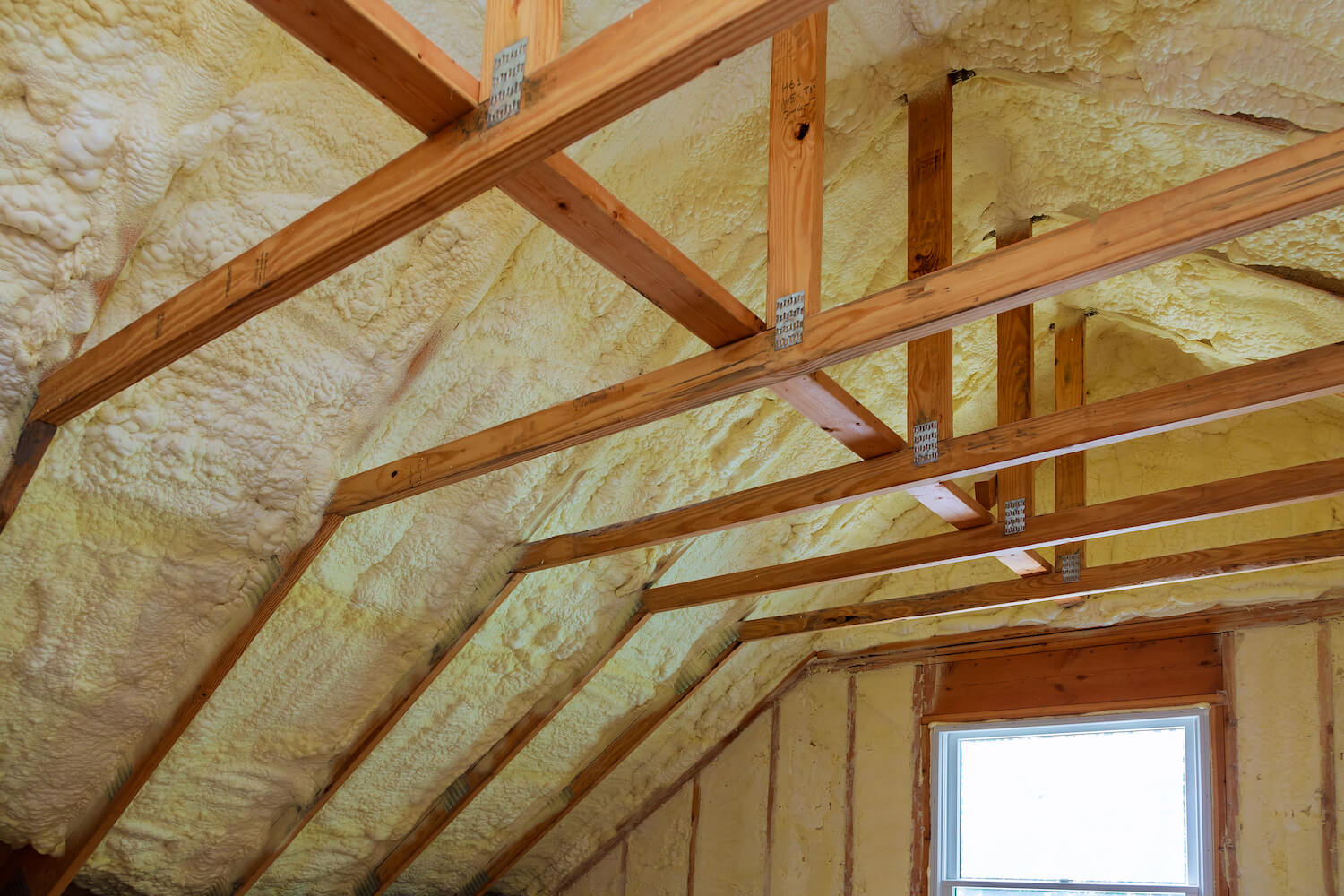
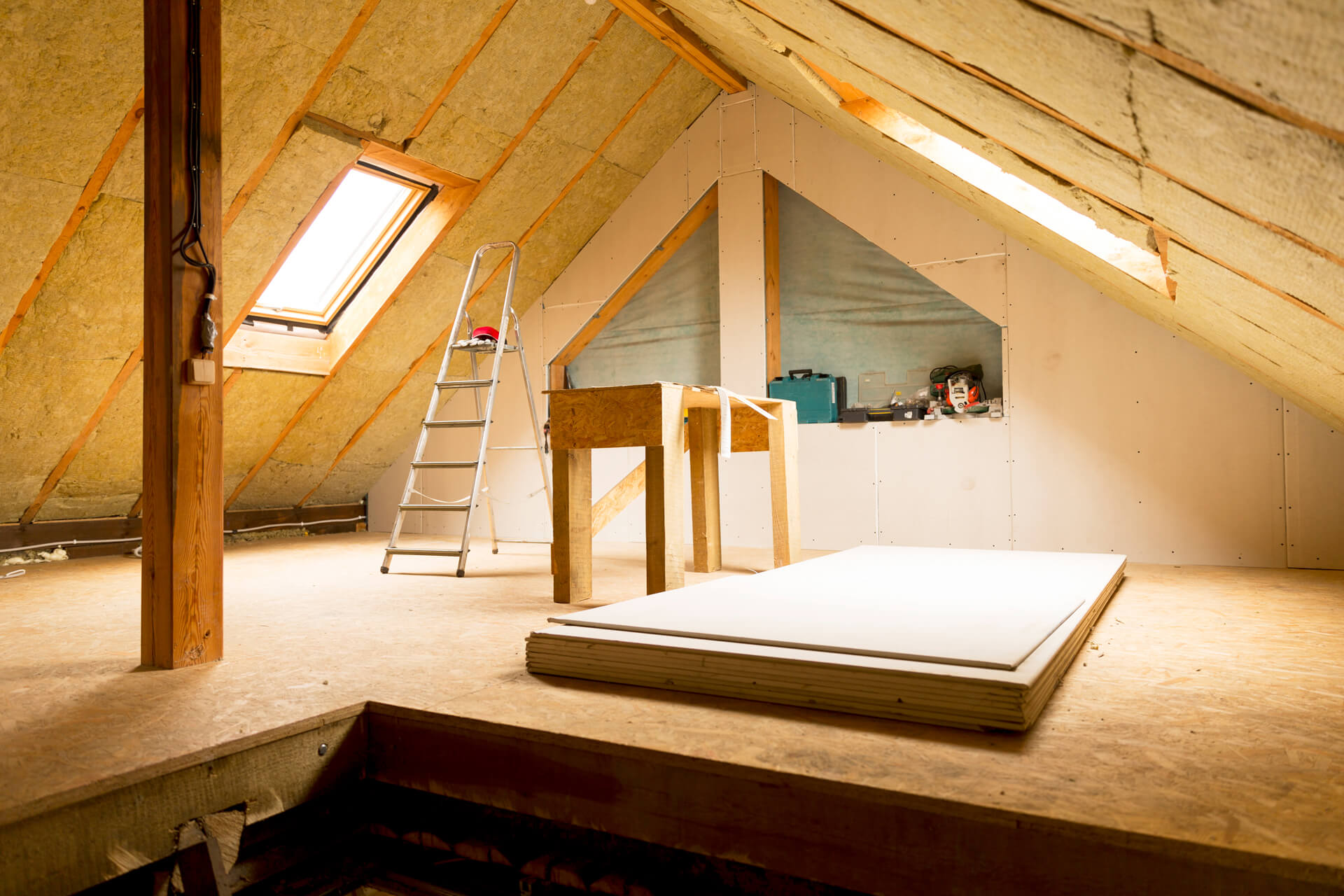
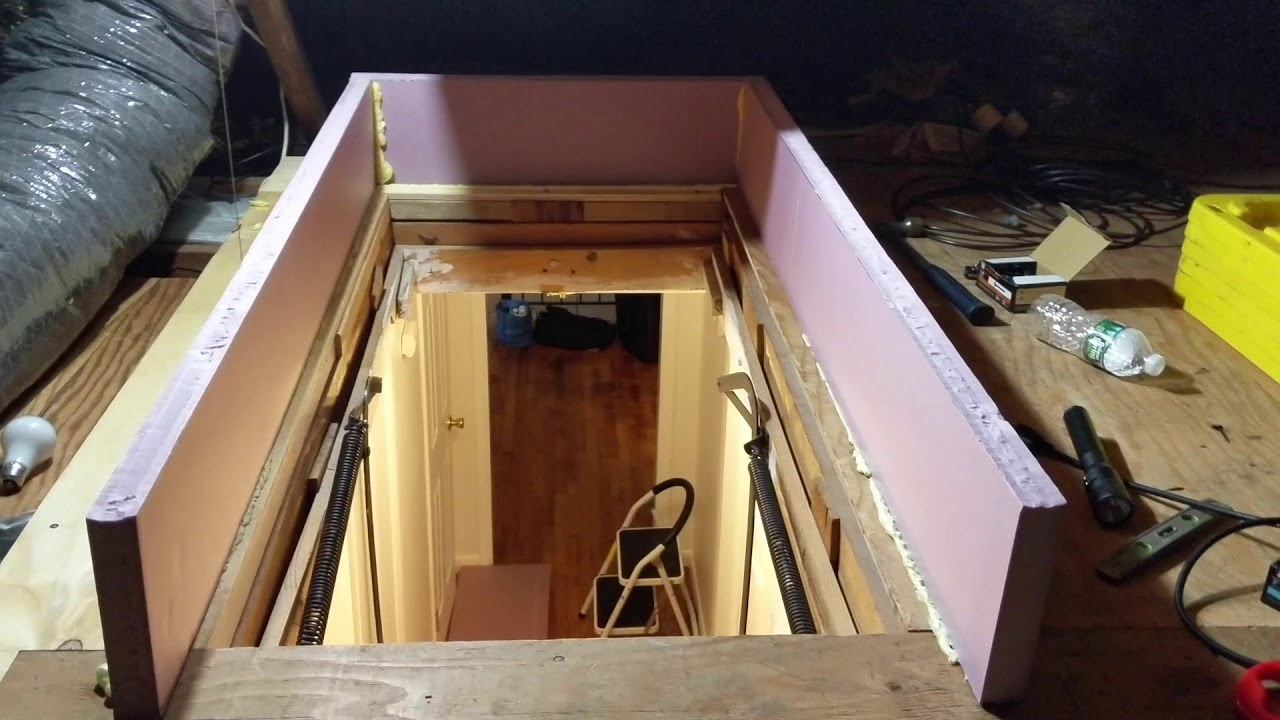
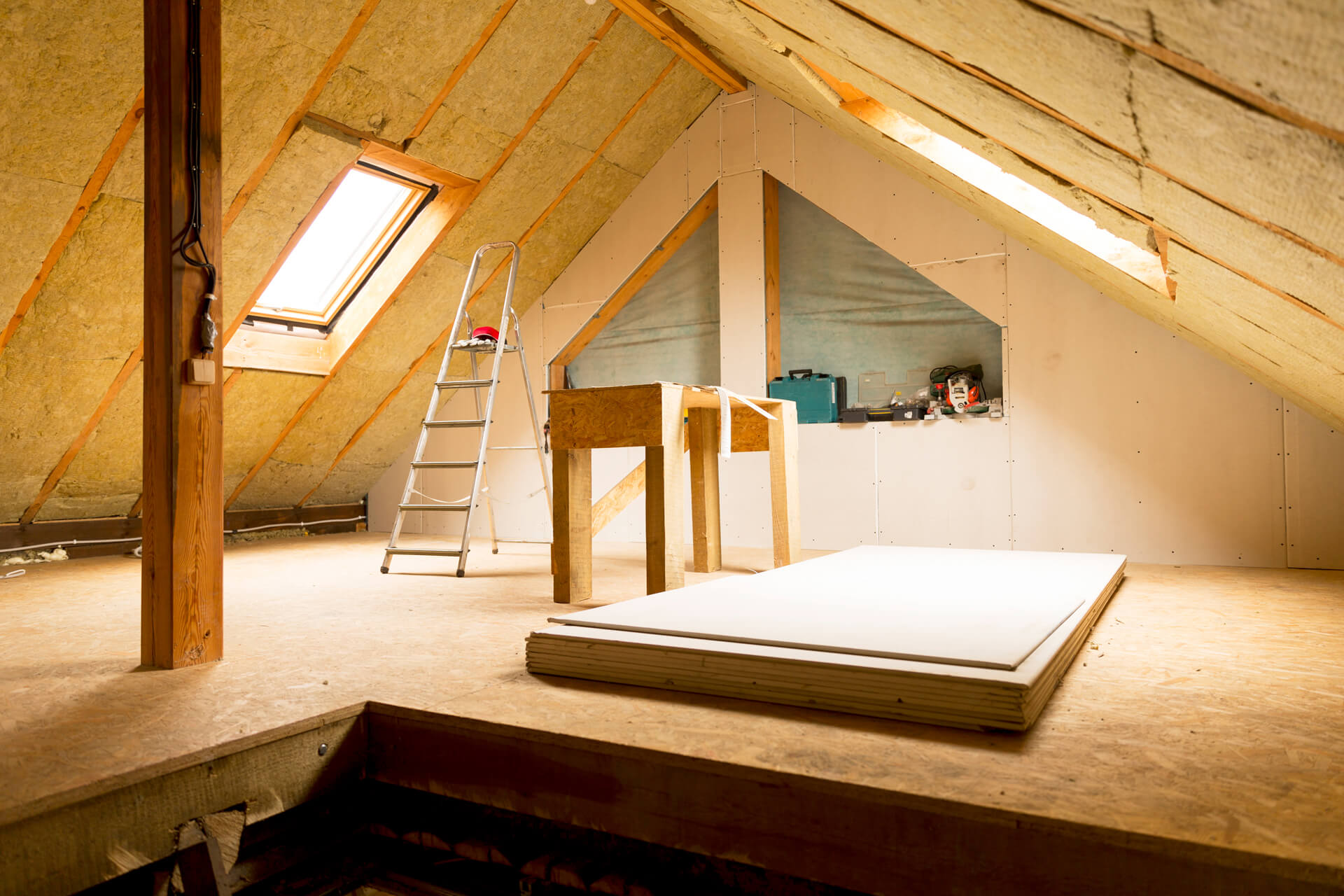
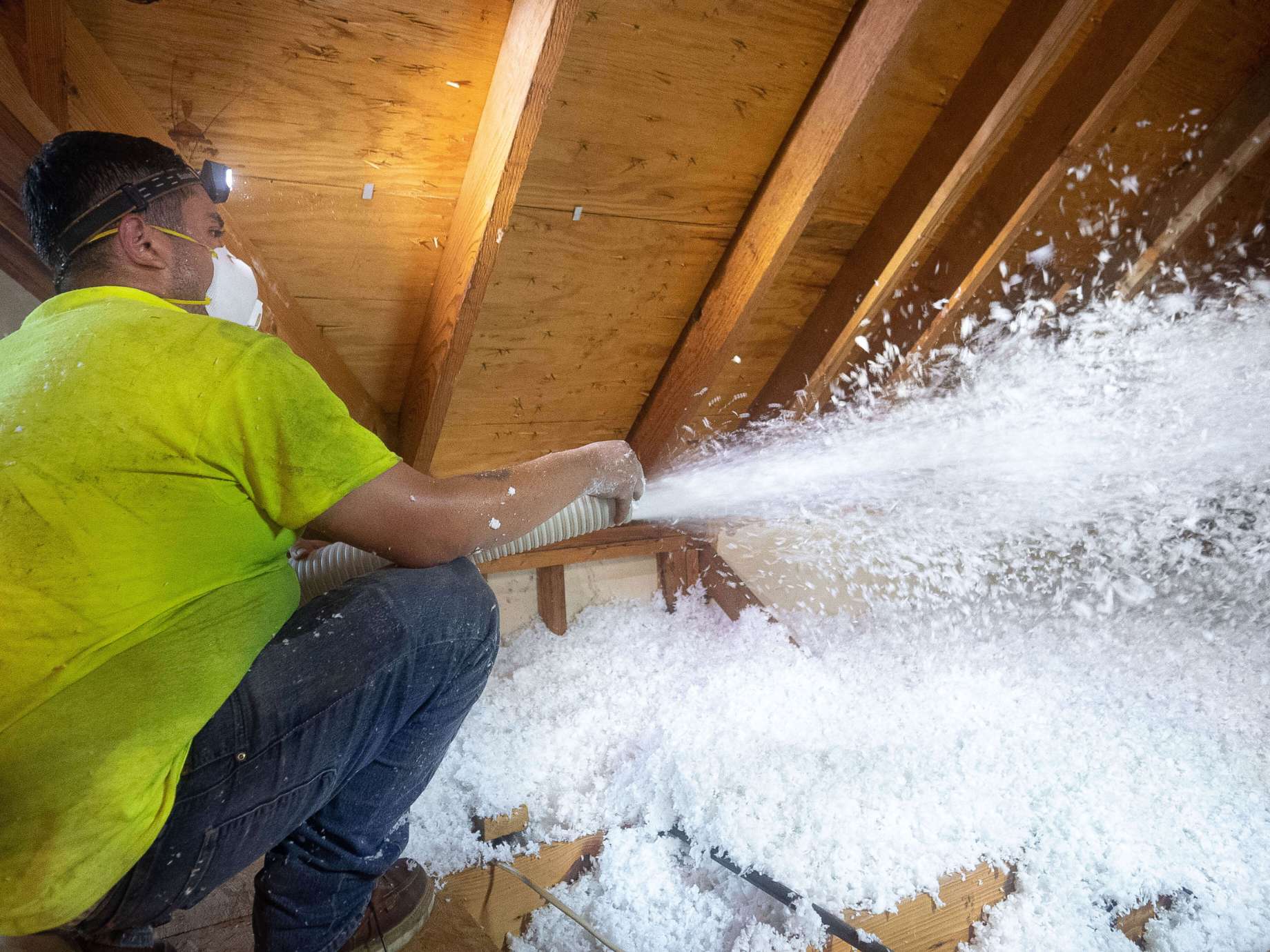
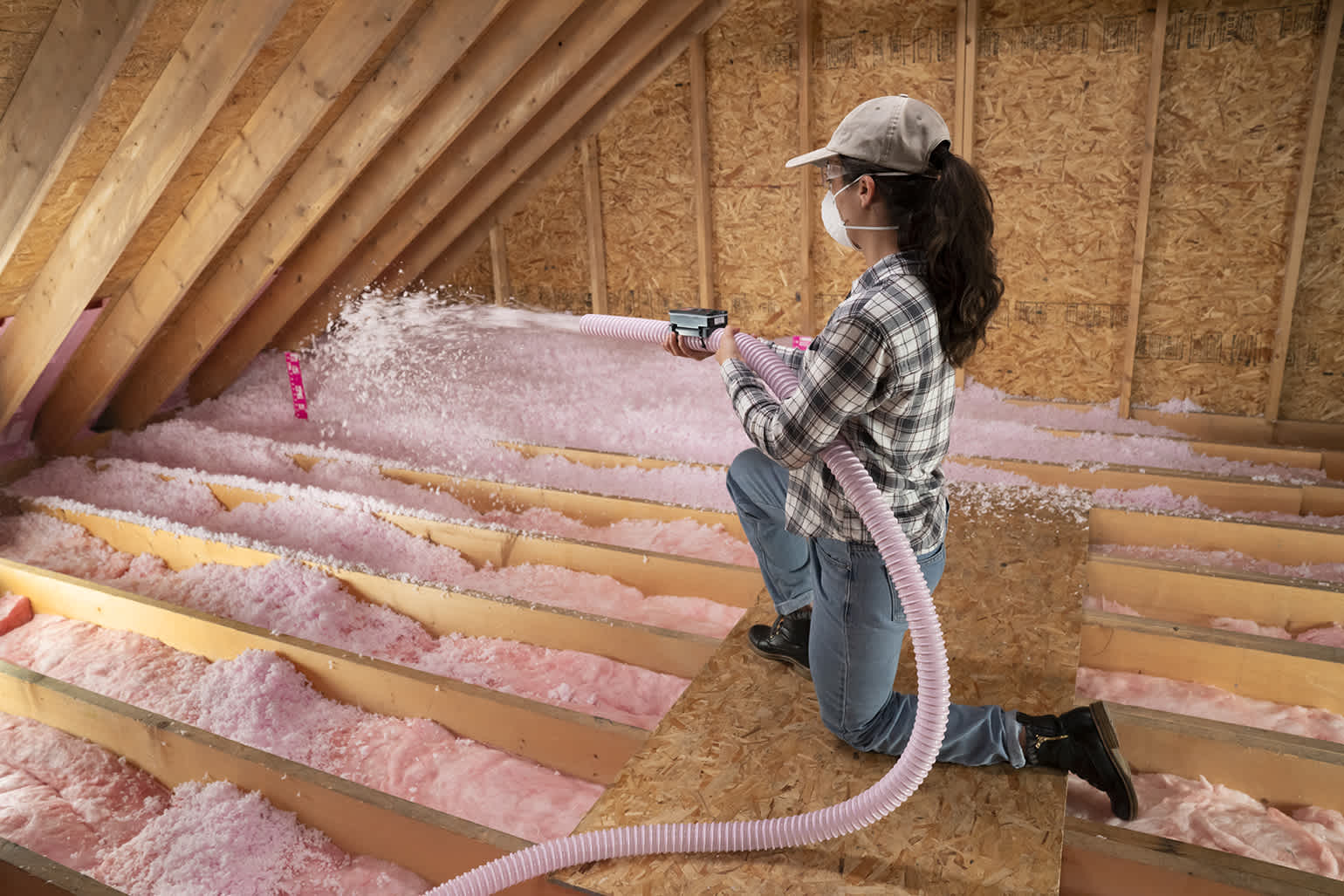
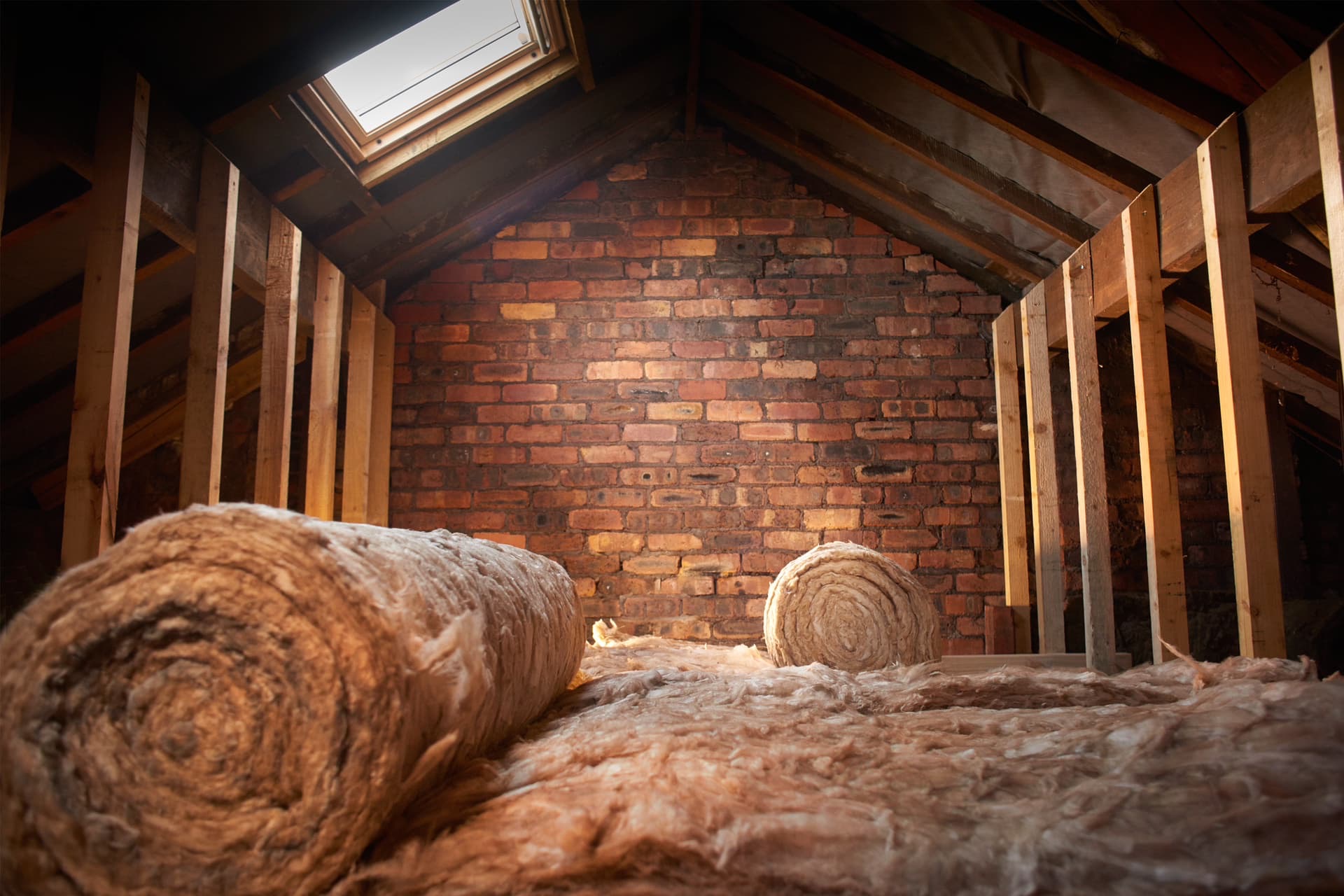
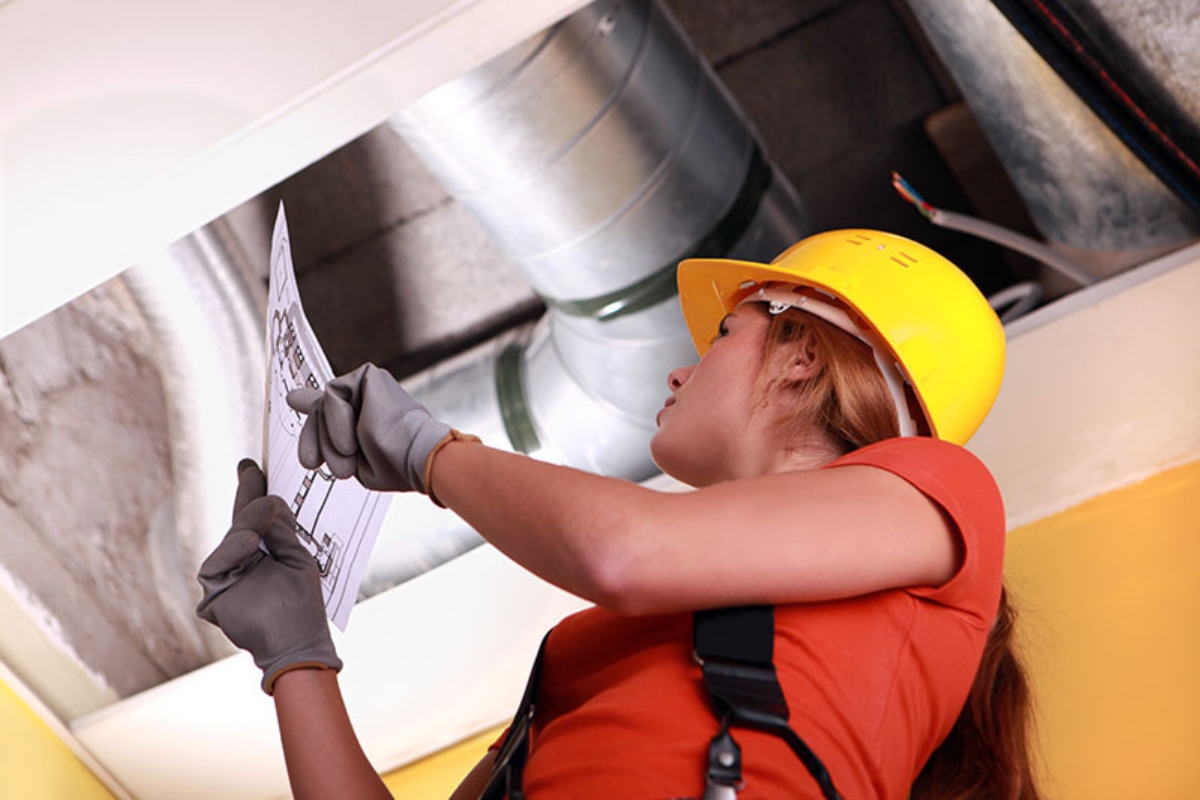
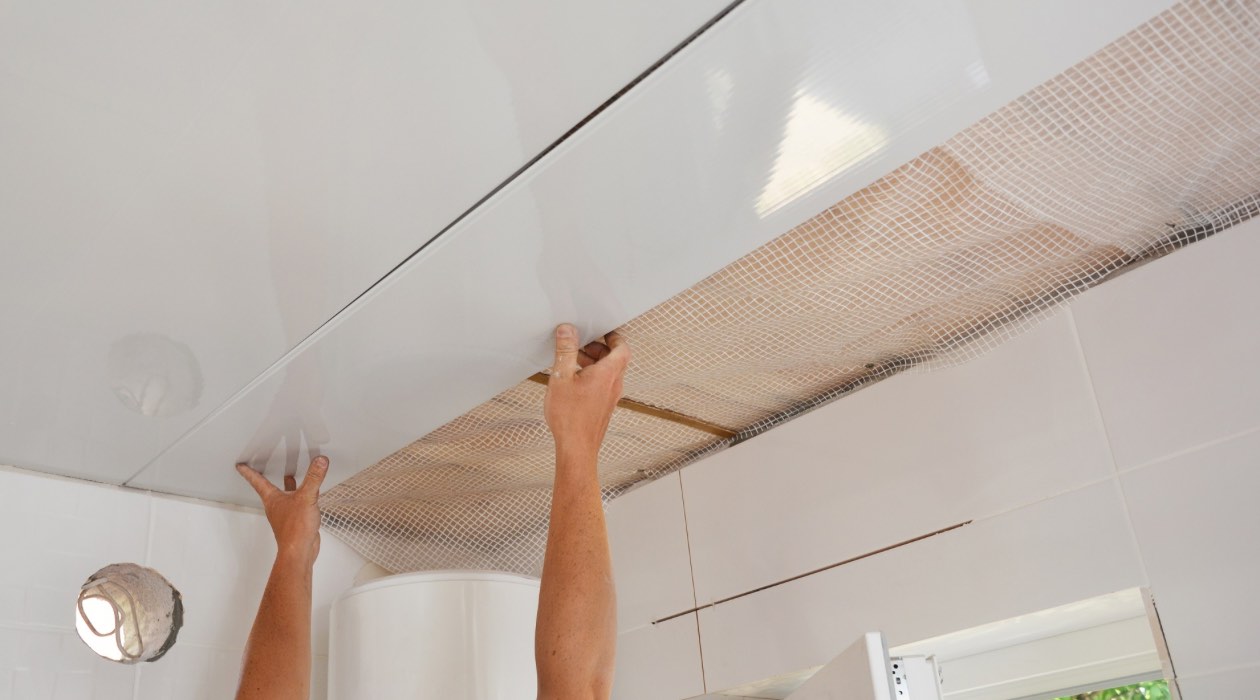

0 thoughts on “How To Remove Vermiculite Attic Insulation”